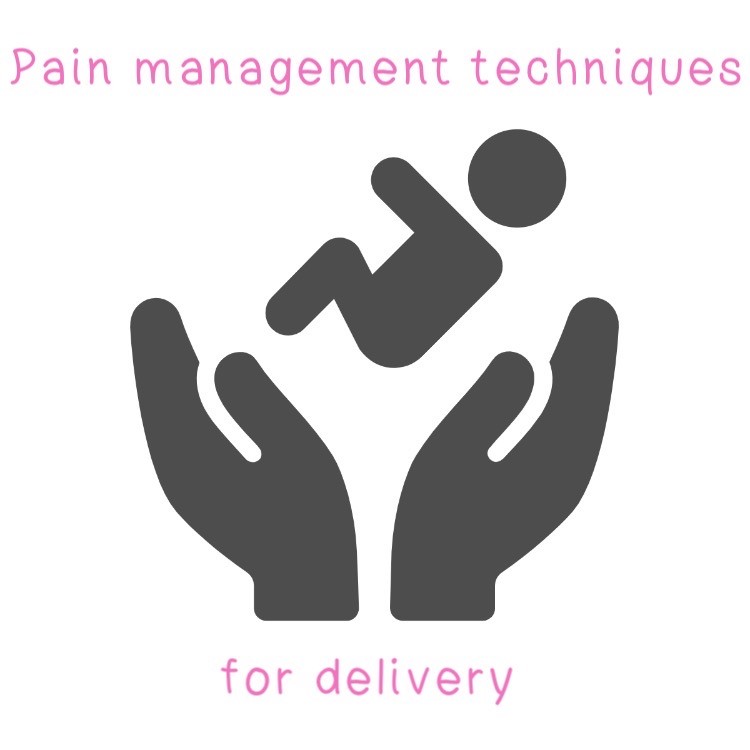
There are a few things you can take when you’re suffering from a plugged duct. What you can take will depend on the severity of your symptoms. I’ve taken different types of medication during by bought with blocked ducts including: 1) lecithin 2) painkillers and 3) antibiotics.
1. Lecithin
Lecithin is a natural substance that is found in foods like whole grains, eggs, meat, and milk. It is an emulsifier. A lecithin dietary supplement may help treat and prevent plugged ducts by increasing the polyunsaturated fatty acids in the milk and making it less sticky.
I started taking lecithin 2 months ago when I first started experiencing plugged ducts. I was soon experiencing recurrent blocked ducts and getting clogged every 4-5 days. During this time, I took lecithin sporadically because I didn’t really want to take anything on a daily basis if I wasn’t positive that it was helping. At a friend’s suggestion, I recently decided to start taking it again as both a treatment and prevention method for my plugged ducts. I’ve been taking 1200 mg once each day for the past 2 weeks and I have been experiencing blocked ducts less frequently. I think it’s definitely worth giving it a try. The Canadian Breastfeeding Foundation recommends taking 1200 mg of lecithin up to 4 times a day if you experience recurrent plugged ducts. But the most frequently I ever took it was 2-3 times per day when I was clogged.
2. Painkillers
While you’re suffering from plugged ducts, you can take painkillers several times each day. When your milk ducts are blocked, they are also likely inflamed. Painkillers can help reduce swelling and discomfort.
3. Antibiotics
If you develop a fever with a plugged duct, you likely have mastitis (also known as “boob flu”). You should see a doctor who will prescribe you an antibiotic to fight the infection. So it’s important to consult a doctor if your symptoms don’t improve within 24 hours. During my worst experience, both of my breasts were clogged and I was in a lot of pain. My doctor prescribed me antibiotics to prevent an infection.
What about probiotics?
There is also emerging research on the benefits of using probiotics instead of antibiotics to treat mastitis. According to several studies, probiotic supplements (containing Lactobacillus strains) have been effective in treating mastitis and also may reduce the risk for recurrent mastitis (Barker et al., 2020). Yet, these studies have several limitations and additional research is needed before probiotics can be recommended as an alternative treatment to antibiotics.
Citations
Barker, M., Adelson, P., Peters, M. D. J., & Steen, M. (2020). Probiotics and human lactational mastitis: A scoping review. Women Birth, 33(6), e483-e491. Retrieved from https://pubmed.ncbi.nlm.nih.gov/31688358/





